Incoming RBA Governor Michele Bullock made clear her primary focus would be tackling the country’s persistently high inflation. As Bullock prepares to take the helm of RBA on September 18, replacing her current role as deputy governor, her comments carry considerable weight for markets and policymakers alike.
“My first priority is to keep very focused on inflation. Inflation is still too high in Australia. It is coming down and we’re forecasting it to continue to come down, but it’s still too high,” said Bullock.
While she stopped short of providing a timeline for how long interest rates may remain elevated, Bullock did hint at the possibility of additional hikes in the future.
“I’m reluctant to give any sort of predictions on how long interest rates might have to stay high. In Australia’s case, all I can say is that we might have to raise interest rates again, but we’re watching the data very carefully,” she said.
Additionally, Bullock clarified that rate-setting decisions would, for the time being, be made on a “month-by-month”” basis until at least next year.




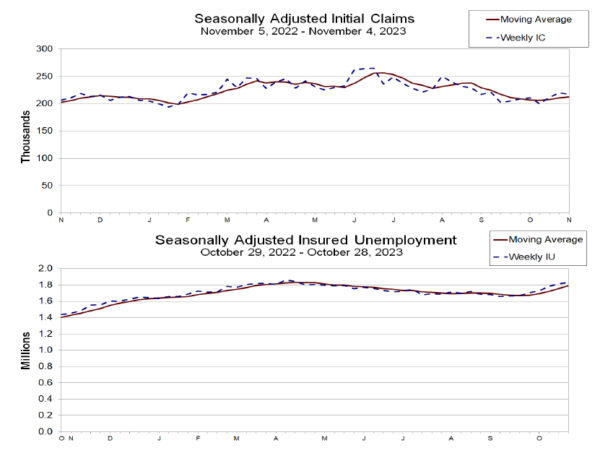
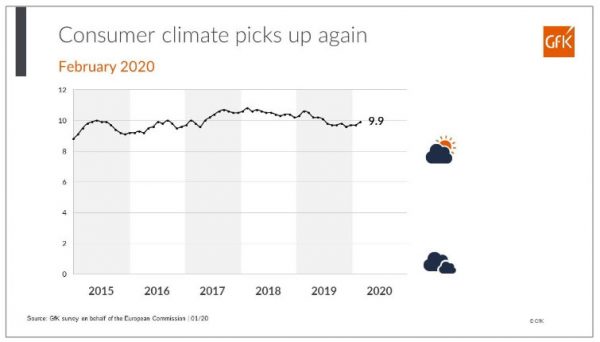
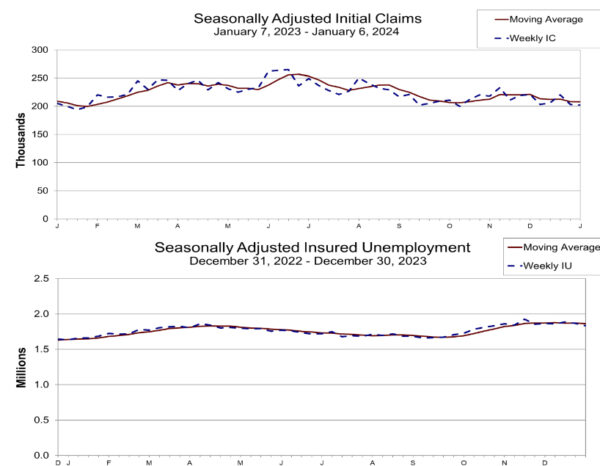
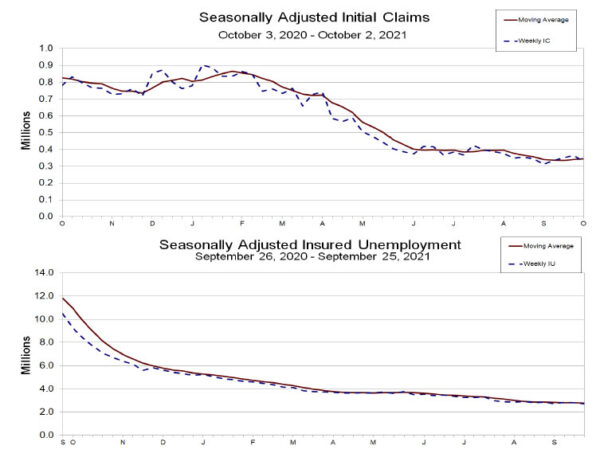
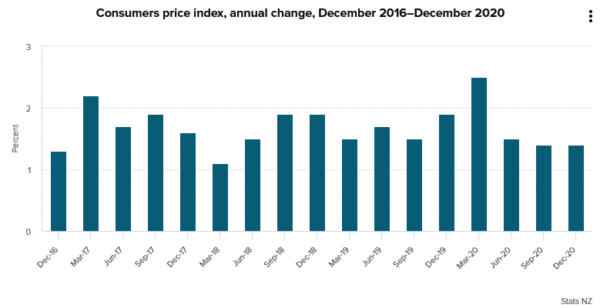
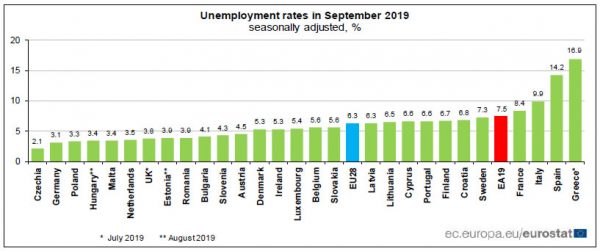
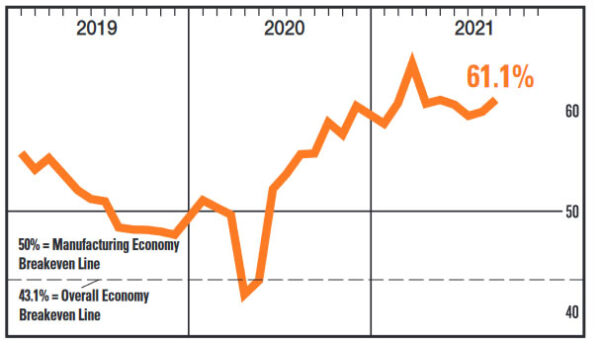
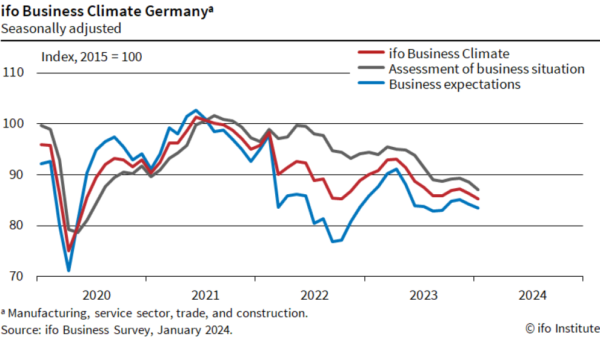
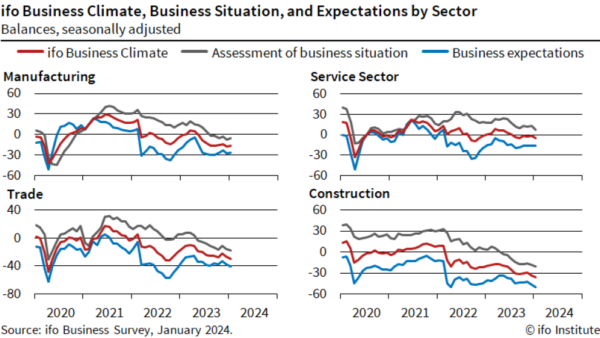
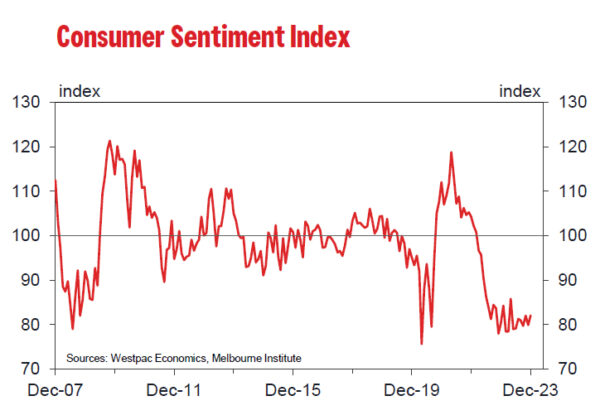

NFP grew just 130k, unemployment rate at 3.7%, but wage growth accelerated
US non-farm payroll report showed only 130k employment growth in August, below expectation of 162k. Prior month’s figure was also revised down from 164k to 159k. Unemployment rate was unchanged at 3.7%, matched expectations. Participation rate edged up to 64.2%. However, average hourly earnings rose 0.4% mom, above expectation of 0.3% mom. Dollar is slightly lower after the release as weak headline number was offset by strong wage growth.
Full release here.